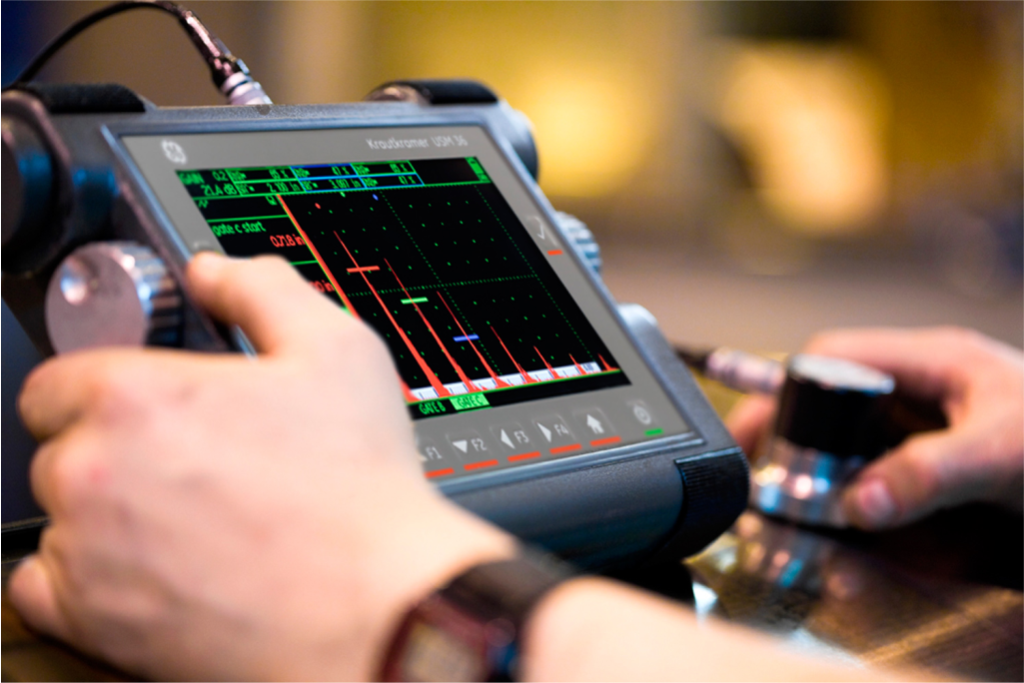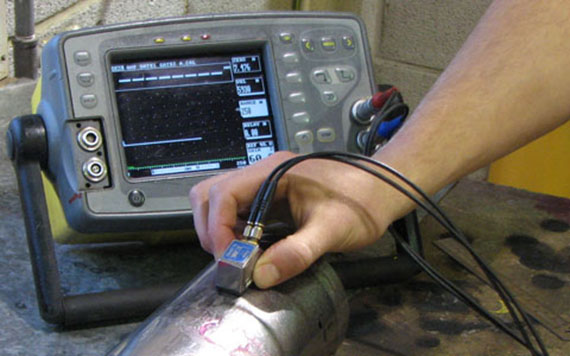In the realm of quality assurance, frequency domain analysis plays a pivotal role, especially in the context of inspection. This technique is not only significant for enhancing the precision of inspections but also for ensuring the reliability of various industrial processes. For industry QA professionals, understanding the intricacies of frequency domain analysis can be a game-changer.

Understanding Frequency Domain Analysis
What is Frequency Domain Analysis?
Frequency domain analysis is a mathematical approach used to study signals or data in terms of their frequency components. Unlike time-domain analysis, which looks at data over time, frequency domain analysis focuses on how different frequencies contribute to the overall signal.
Importance in Inspection
In inspection processes, frequency domain analysis is crucial for identifying defects and anomalies in materials. By analyzing the frequency components, inspectors can detect irregularities that might not be visible through traditional methods.
Applications in Quality Assurance
Crack Detection
One of the primary applications of frequency domain analysis is in crack detection. This technique allows for the identification of cracks in materials by analyzing the frequency response of the inspected item. For more on optimal frequency settings for crack detection, visit Optimal Frequency for Crack Detection.
Ultrasonic Flaw Detection
Ultrasonic testing is another field where frequency domain analysis shines. By using ultrasonic waves, inspectors can detect flaws in materials and structures. This method is highly effective in identifying internal defects that are not visible on the surface. Learn more about common frequency settings for ultrasonic flaw detection at Common Frequency Settings.
Technical Aspects of Frequency Domain Analysis
Fourier Transform
The Fourier Transform is a key mathematical tool used in frequency domain analysis. It transforms a time-domain signal into its frequency components, making it easier to analyze complex signals.
Spectrum Analysis
Spectrum analysis involves examining the frequency spectrum of a signal to identify the dominant frequencies. This is essential for diagnosing issues in mechanical systems and electrical circuits.
Challenges and Solutions
Data Interpretation
Interpreting frequency domain data can be challenging. It requires a deep understanding of signal processing and the ability to distinguish between meaningful data and noise.
Calibration
Proper calibration is essential for accurate frequency domain analysis. Without it, the results can be misleading. For tips on frequency calibration, check out Frequency Calibration in Ultrasonic Devices.
Future of Frequency Domain Analysis in Inspection
Technological Advancements
As technology advances, frequency domain analysis is expected to become even more integral to inspection processes. Innovations in sensors and data processing will enhance its accuracy and efficiency.
Integration with AI
The integration of AI with frequency domain analysis holds great promise. AI can help automate data analysis, reducing human error and increasing the speed of inspections. For more insights on synchronization between sensors and devices, visit Synchronization Insights.
Conclusion
In conclusion, frequency domain analysis in inspection is a vital tool for ensuring quality and reliability in various industries. By embracing this technique, industry QA professionals can improve their inspection processes and stay ahead in the ever-evolving field of quality assurance. To further explore inspection frequency recommendations, you can visit Equipment Inspection Frequency.

FAQ
What is the main purpose of frequency domain analysis?
The main purpose of frequency domain analysis is to analyze signals in terms of their frequency components, which is crucial for identifying defects and anomalies in various inspection applications.
How does frequency domain analysis differ from time-domain analysis?
Unlike time-domain analysis, which focuses on data over time, frequency domain analysis examines the frequency components of a signal, making it easier to identify patterns and irregularities.
What industries benefit most from frequency domain analysis?
Industries such as manufacturing, aerospace, and automotive benefit significantly from frequency domain analysis due to its ability to enhance inspection precision and reliability.
This article contains affiliate links. We may earn a commission at no extra cost to you.
